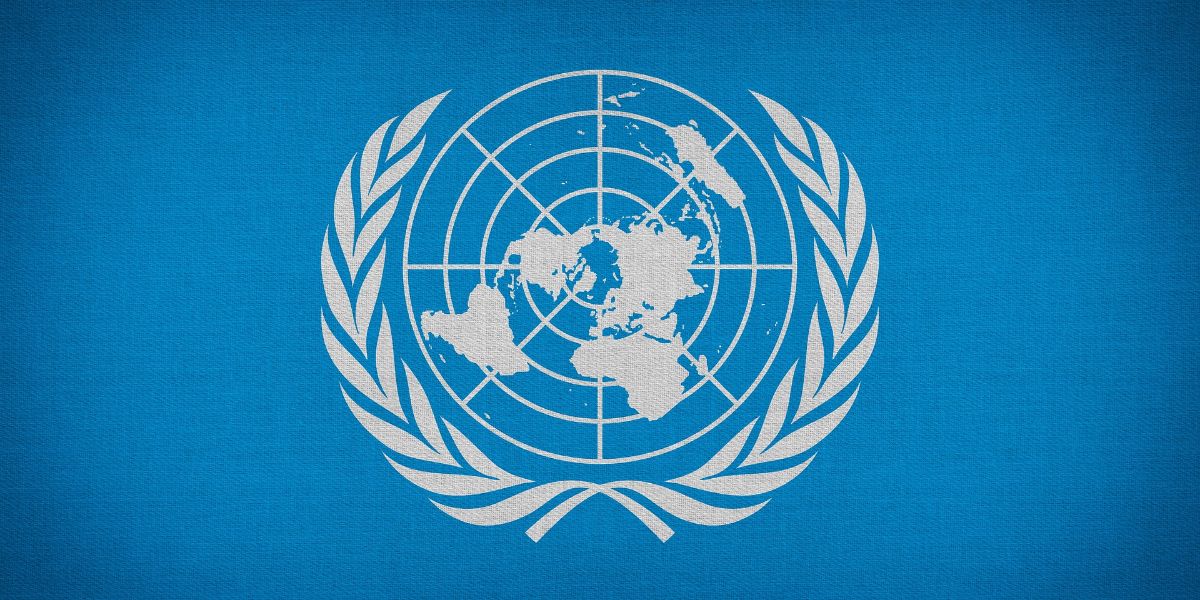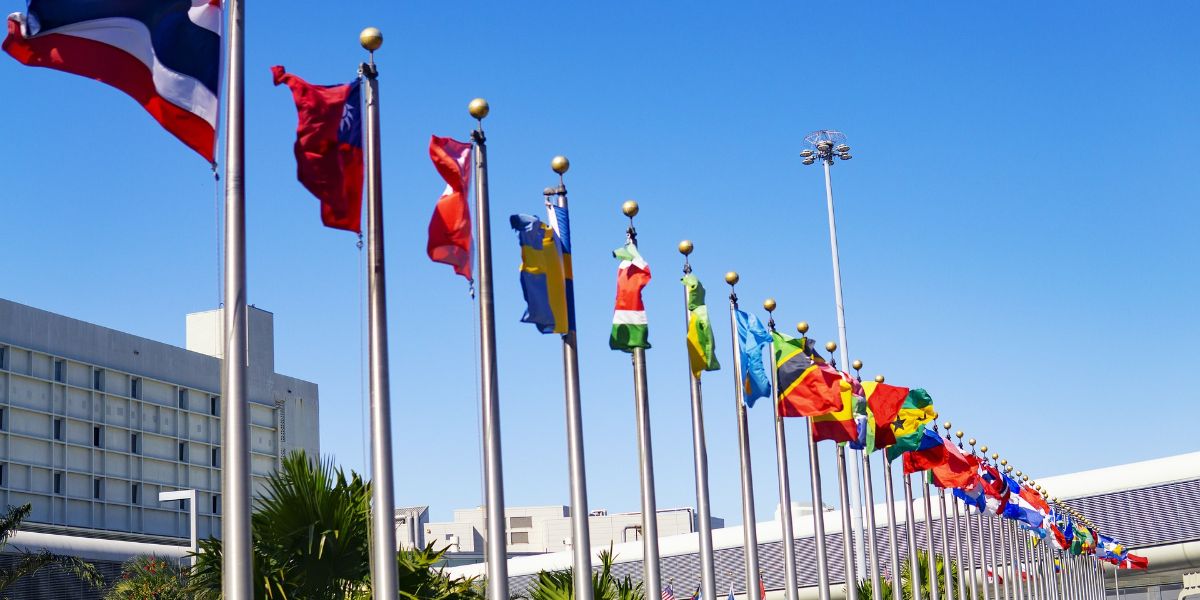On 3 April 2019 an updated draft was released of the chapter on the mutual agreement procedure for the proposed UN Handbook on Dispute Avoidance and Resolution. The draft chapter will be put forward for discussion and approval at the meeting of the UN Committee of Experts on International Cooperation in Tax Matters on 23 to 26 April 2019
Non-treaty MAP process
The chapter focuses on the MAP under tax treaties. Other mechanisms such as the EU Arbitration Convention and the Directive on tax dispute resolution mechanisms are not relevant to countries outside the EU, however there will be a reference to these other MAP mechanisms in a footnote or a short paragraph in the chapter.
BEPS action 14
References to BEPS action 14 on improving dispute resolution mechanisms are included in the chapter. The chapter notes that the minimum standards under the BEPS report apply to countries that have become members of the BEPS Inclusive Framework, also noting however that countries that are not members of the BEPS Inclusive Framework are not required to follow those minimum standards.
Steps of a MAP process
A typical MAP initiated by a person under paragraph 1 of Article 25 of the Model Tax Convention involves a number of actions that could be summarised in five steps, consisting of the MAP request; the unilateral stage of consideration of the MAP case; the bilateral stage of considering the MAP case; the conclusion of the MAP; and the implementation of the mutual agreement reached through the MAP.
Flowchart of process
A diagram in the chapter summarizes each of these five typical steps in concluding the MAP, and there is also a flowchart indicating the main actions involved in each of the five steps.
Timetable for MAP process
The chapter includes a summary and suggested timetable for each action in the MAP process. This would of course need to be adapted by each country according to the resources available and the circumstances of each case.
Possible improvements to the MAP
The chapter notes that the MAP could be improved by concluding framework agreements between the competent authorities, under paragraph 3 of Article 25 of the Model Tax Convention. These framework agreements could deal with procedural or administrative issues concerning the MAP or with certain substantive treaty issues.
The chapter also looks at the ways in which new technologies could be used to improve the process and assist the way in which competent authorities communicate with each other during the MAP process.
















